Drawing advanced charts using Matplotlib
1. Drawing a contour map
1 | |
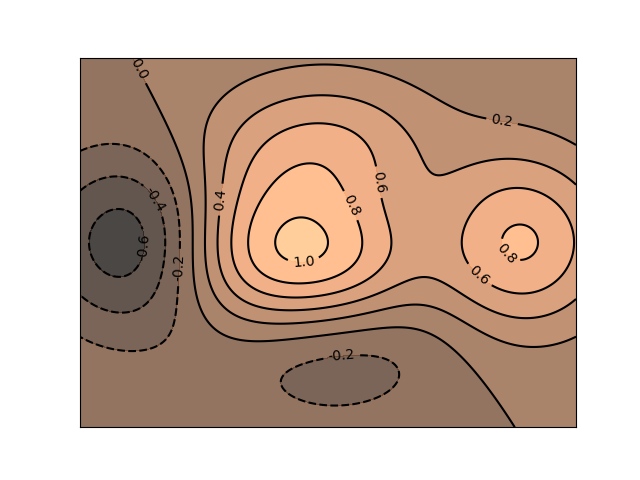
2. Drawing vector field streamlines
1 | |

3. Drawing cotton swabs
1 | |
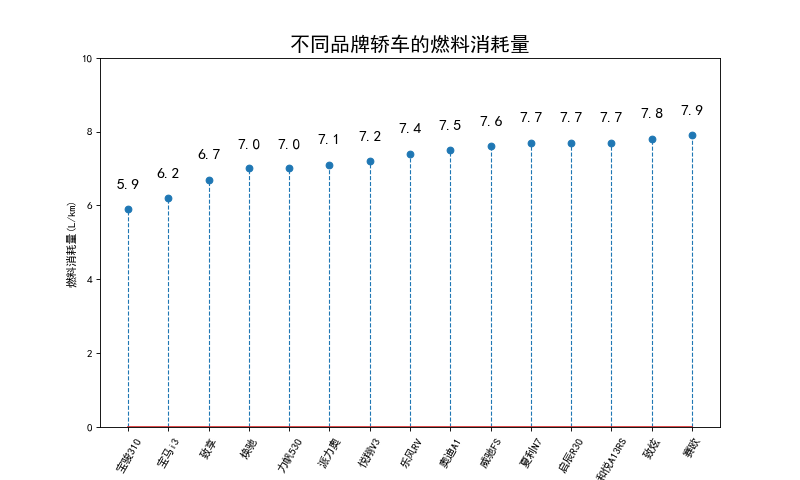
4. Drawing a dumbbell diagram
1 | |
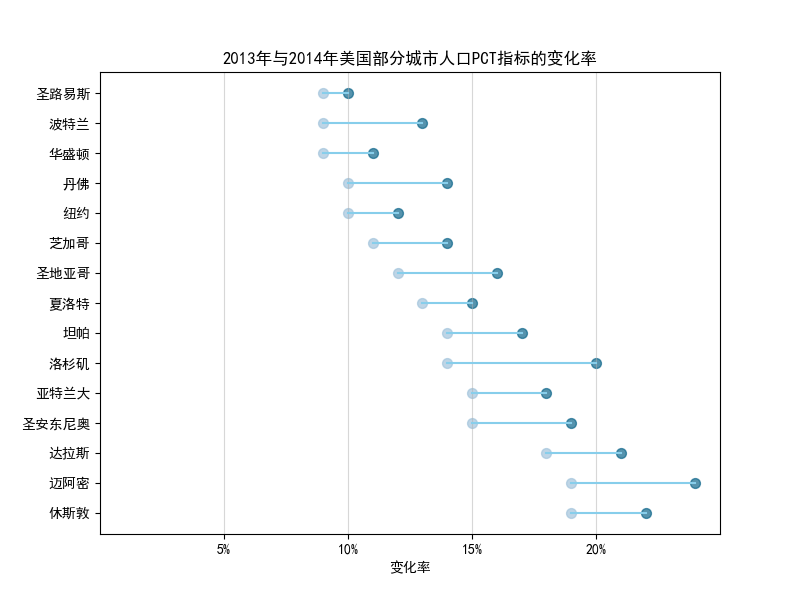
5. Drawing a Gantt chart
1 | |
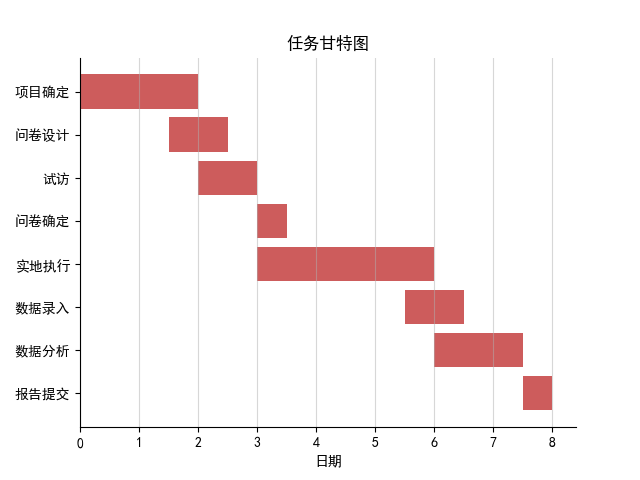
6. Drawing a Population Pyramid
1 | |
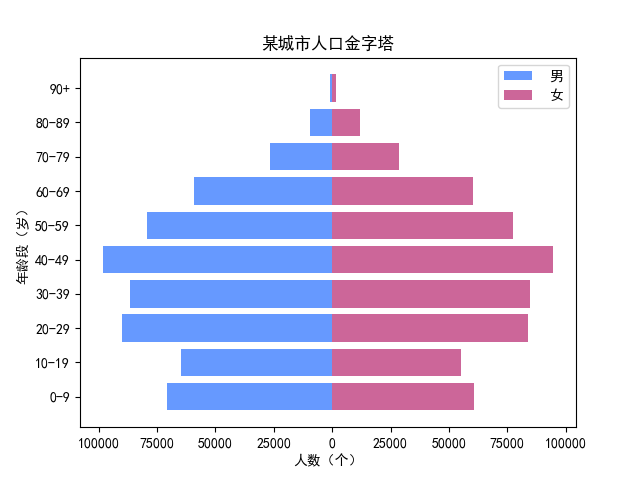
7. Drawing a funnel chart
1 | |
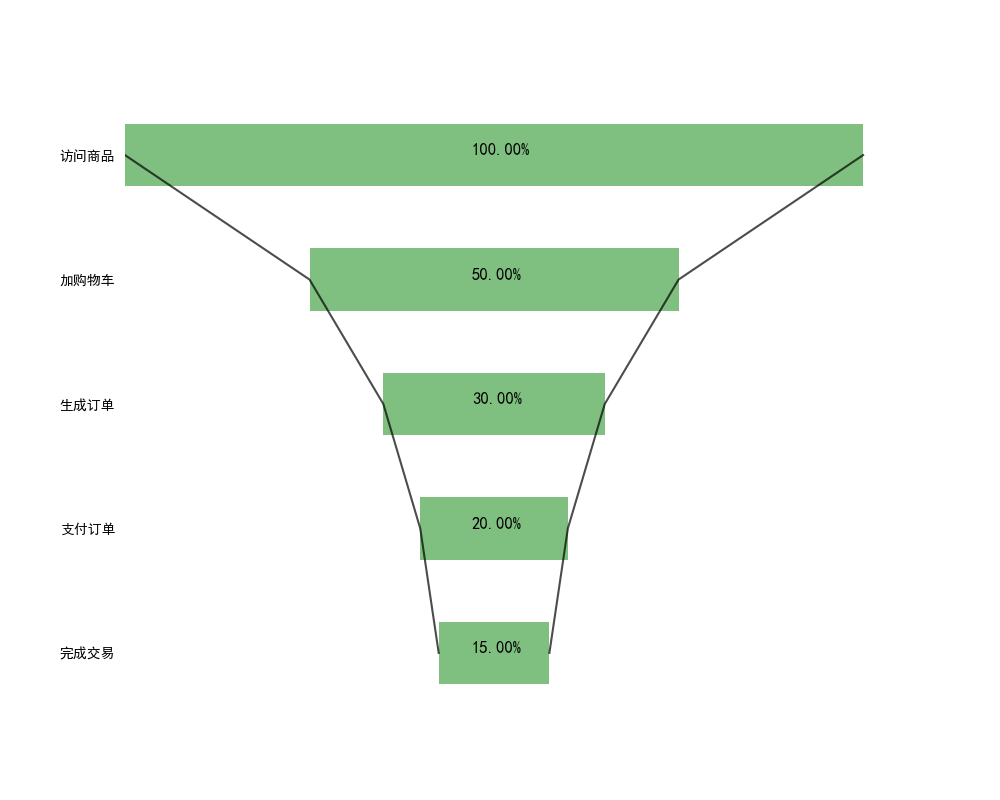
8. Drawing a sankey diagram
1 | |
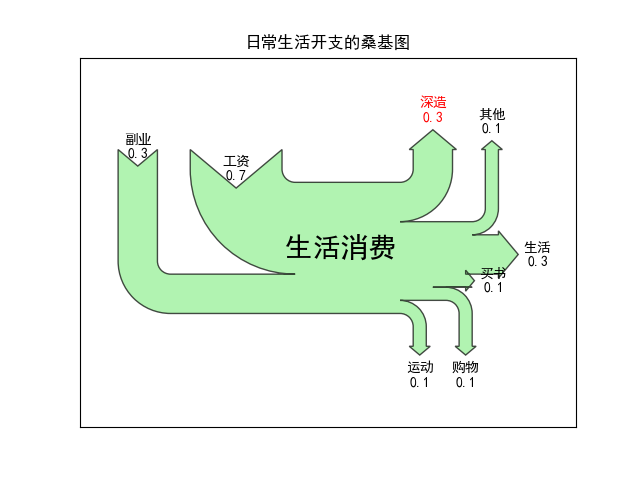
9. Drawing a dendrogram
1 | |
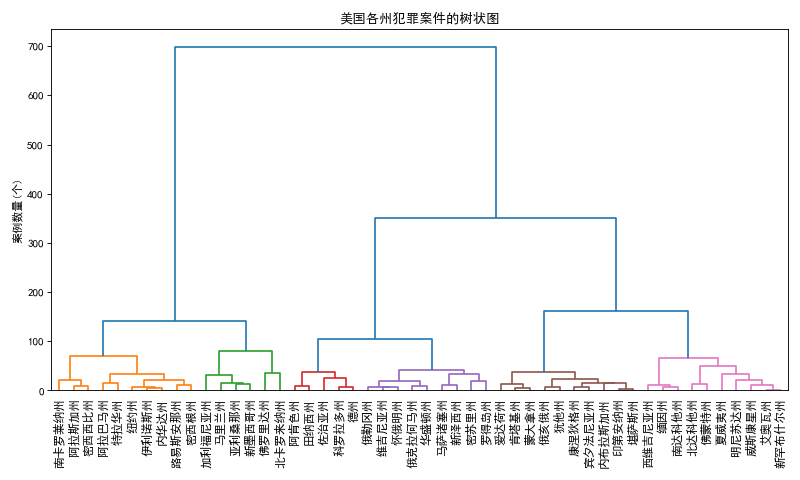
10. Drawing a waffle chart
1 | |
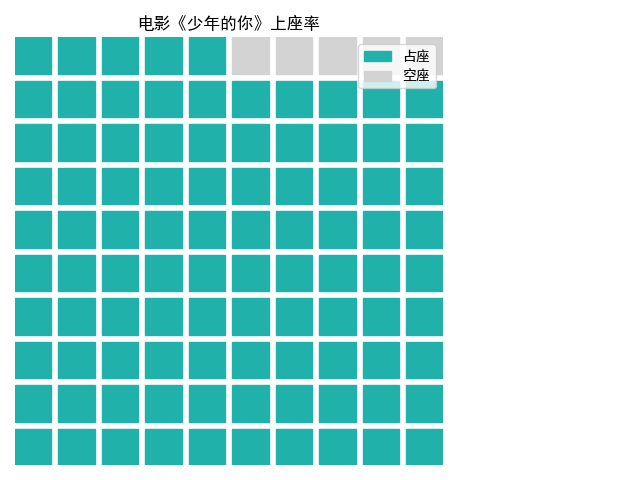
Attachment
Drawing advanced charts using Matplotlib
https://www.hardyhu.cn/2022/03/27/Drawing-advanced-charts-using-Matplotlib/